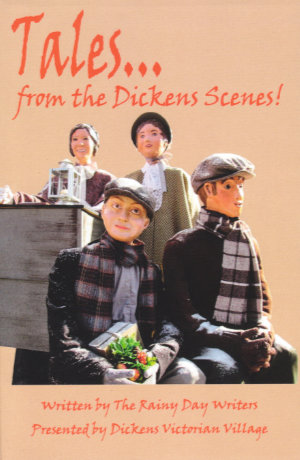 This book is unusual and unusually good. The Dickens Scenes of the title are those in Cambridge, Ohio, that starred in this blog’s most recent regular weekly post. There are currently 94 of those scenes and each began life as a sketch by a fellow named Bob Ley. Bob is one of a group of writers, known as The Rainy Day Writers, who help each other practice and improve their craft and occasionally collaborate on projects. Ten of them contributed to Tales… from the Dickens Scenes.
This book is unusual and unusually good. The Dickens Scenes of the title are those in Cambridge, Ohio, that starred in this blog’s most recent regular weekly post. There are currently 94 of those scenes and each began life as a sketch by a fellow named Bob Ley. Bob is one of a group of writers, known as The Rainy Day Writers, who help each other practice and improve their craft and occasionally collaborate on projects. Ten of them contributed to Tales… from the Dickens Scenes.
The book’s organization is simple. Each of the scenes is the subject of a two page spread. On the left-hand page is a black and white photo of the scene along with the Bob Ley sketch on which it is based. Text that appears on a sign placed by the scene completes the page. Each sign contains an identifying number and the scenes appear in the book sequenced by those numbers.
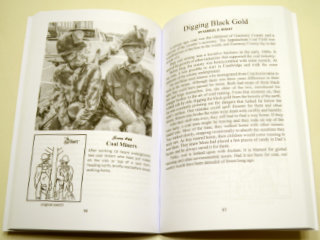 The individual photos are not credited but acknowledgments at the front of the book identify Tom Davey and Lindy Thaxton as the photographers. The photos are all quite good and do a nice job of capturing each scene from its best vantage point. Together, the book’s even-numbered (i.e., lefthand) pages make up the sort of catalog often prepared for a museum display. The village really is such a display with the sidewalks of Cambridge forming the museum.
The individual photos are not credited but acknowledgments at the front of the book identify Tom Davey and Lindy Thaxton as the photographers. The photos are all quite good and do a nice job of capturing each scene from its best vantage point. Together, the book’s even-numbered (i.e., lefthand) pages make up the sort of catalog often prepared for a museum display. The village really is such a display with the sidewalks of Cambridge forming the museum.
Filling the righthand pages is handled with skill and creativity by The Rainy Day Writers. The text on each page was created for the scene it is associated with. There are works of fiction that imagine a day or a minute in the lives of the figures in the scene, and there are factual essays with subjects such as Victorian England, modern Cambridge, or Charles Dickens himself. Some are thought-provoking, some are educational, many are both. Simply noting the great difference between life in the late nineteenth century and today is thought-provoking and educational.
I’m sure that tailoring a story or an essay to a single page was often a challenge for the writer, but their small size helps make reading them about as non-challenging as it gets. Reading the odd-numbered pages in an easy chair makes sense and so does having the even-numbered pages at hand while walking around downtown Cambridge during the Christmas season. The book is available online but I suggest getting it at the source if possible. At least “while supplies last”, copies sold at the Dickens Victorian Village Welcome Center (647 Wheeling Avenue) have been signed by all ten of the contributing writers plus you can put the book to work as soon as you step through the door.
The first paragraph of this article contains a link to The Rainy Day Writers website. The site contains quite a bit of good information but appears to be less current than the group’s Facebook page.
Tales… from the Dickens Scenes!, The Rainy Day Writers, Independently published, September 21, 2019, 6 x 9 inches, 198 pages, ISBN 978-1691098804
Available through Amazon.

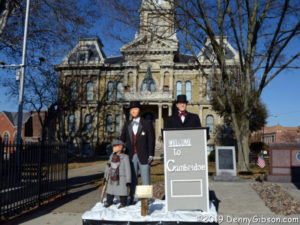
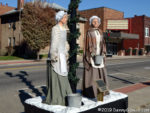
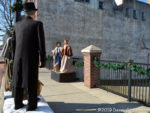
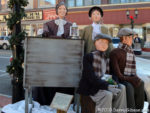
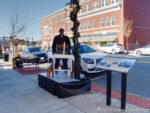
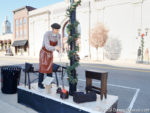

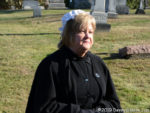
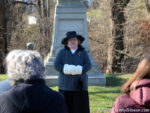
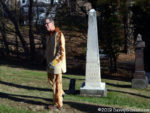




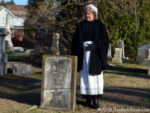
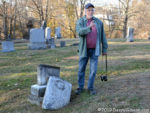


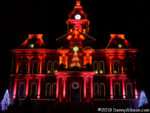
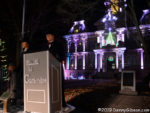
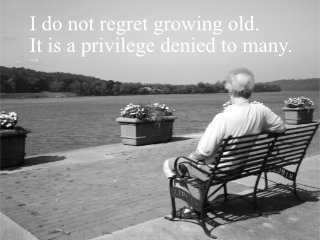 I’ve long considered myself a winner in the game of life. I don’t mean that in a collect-all-the-marbles king-of-the-hill sort of way or a made-all-the-right-moves hit-all-the-right-notes sort of way, either. No, I mean it in the way implied by the quote in the image at right. I have known far too many good people who just never got a chance to grow old. That I have that chance is certainly enough, but I’m also appreciative of having pocketed a few marbles, climbed a few hills, made the right choice now and then, and nailed a few high Cs even if I went painfully off-key a beat later.
I’ve long considered myself a winner in the game of life. I don’t mean that in a collect-all-the-marbles king-of-the-hill sort of way or a made-all-the-right-moves hit-all-the-right-notes sort of way, either. No, I mean it in the way implied by the quote in the image at right. I have known far too many good people who just never got a chance to grow old. That I have that chance is certainly enough, but I’m also appreciative of having pocketed a few marbles, climbed a few hills, made the right choice now and then, and nailed a few high Cs even if I went painfully off-key a beat later. Thursday the 14th was the first day of my second decade of retirement. That’s hardly a record, but it’s a fact that some retirees I’ve known didn’t make it to the second year; Some barely made it into the second month. I recognize that being able to develop my talent for doing nothing over a whole decade is very much a privilege denied to many and I appreciate it deeply. Even though I declared myself a winner in the opening sentence, I hope to keep playing for quite a while. As I’ve said many times, this retirement thing is the best idea I’ve ever had.
Thursday the 14th was the first day of my second decade of retirement. That’s hardly a record, but it’s a fact that some retirees I’ve known didn’t make it to the second year; Some barely made it into the second month. I recognize that being able to develop my talent for doing nothing over a whole decade is very much a privilege denied to many and I appreciate it deeply. Even though I declared myself a winner in the opening sentence, I hope to keep playing for quite a while. As I’ve said many times, this retirement thing is the best idea I’ve ever had.
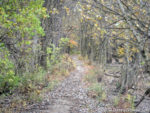

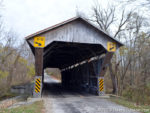
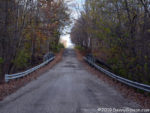





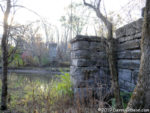

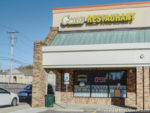


 We fought a war to get this country going then gave every land-owning white male above the age of twenty-one the right to vote. A little more than fourscore years later, we fought a war with ourselves that cleared the way for non-whites to vote. Several decades of loud, disruptive, and sometimes dangerous behavior brought the granting of that same right to non-males a half-century later, and another half-century saw the voting age lowered to eighteen after a decade or so of protests and demonstrations.
We fought a war to get this country going then gave every land-owning white male above the age of twenty-one the right to vote. A little more than fourscore years later, we fought a war with ourselves that cleared the way for non-whites to vote. Several decades of loud, disruptive, and sometimes dangerous behavior brought the granting of that same right to non-males a half-century later, and another half-century saw the voting age lowered to eighteen after a decade or so of protests and demonstrations. Of course, putting something in a constitution does not automatically make it a practice throughout the land and I am painfully aware that resistance followed each of those changes and that efforts to make voting extremely difficult for “the other side” are ongoing today. I don’t want to ignore partisan obstructions and system flaws but neither do I want to get hung up on them. I meant my first paragraph to be a reminder that a hell of a lot of effort, property, and lives have gone into providing an opportunity to vote to a hell of a lot of people. Far too many of those opportunities go unused.
Of course, putting something in a constitution does not automatically make it a practice throughout the land and I am painfully aware that resistance followed each of those changes and that efforts to make voting extremely difficult for “the other side” are ongoing today. I don’t want to ignore partisan obstructions and system flaws but neither do I want to get hung up on them. I meant my first paragraph to be a reminder that a hell of a lot of effort, property, and lives have gone into providing an opportunity to vote to a hell of a lot of people. Far too many of those opportunities go unused. I first posted the core of this article in 2014. In the original title, I claimed to not care how anyone votes. That was never entirely true, of course. I have my favorite candidates and issues. I’ll be disappointed in anyone who votes differently than I do but not nearly as disappointed as I’ll be in anyone who doesn’t vote at all. I’m reminded of parents working on getting their kids to clean their plates with lines like, “There are hungry children in China who would love to have your green beans.” I’m not sure what the demand for leftover beans is in Beijing these days but I’m pretty sure some folks there would like to have our access to ballots and voting booths.
I first posted the core of this article in 2014. In the original title, I claimed to not care how anyone votes. That was never entirely true, of course. I have my favorite candidates and issues. I’ll be disappointed in anyone who votes differently than I do but not nearly as disappointed as I’ll be in anyone who doesn’t vote at all. I’m reminded of parents working on getting their kids to clean their plates with lines like, “There are hungry children in China who would love to have your green beans.” I’m not sure what the demand for leftover beans is in Beijing these days but I’m pretty sure some folks there would like to have our access to ballots and voting booths.